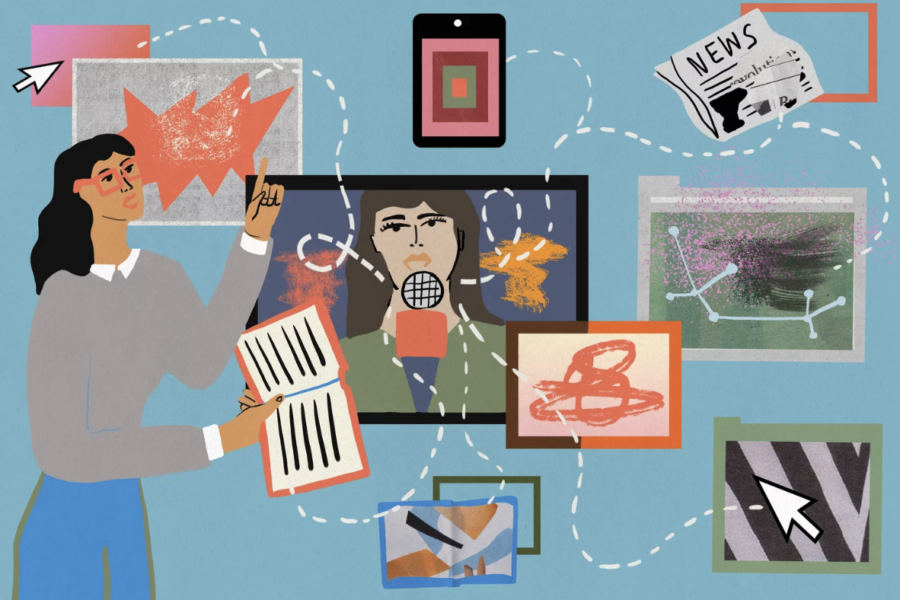Each morning, Stephanie Nichols gathers her second graders around a table to eat breakfast and start their day.
As the kids unpack their knapsacks and settle into the classroom, Nichols likes to listen more than she speaks. Breakfast table conversation can be about anything – from video games to the New England Patriots.
But in recent weeks the table was buzzing about one thing: the mass shooting in Lewiston that left 18 people dead and 13 wounded. The event resulted in a multi-day search that closed schools and left the community on lockdown.
Nichols teaches at Narragansett Elementary School in Gorham, Maine, about 40 minutes from Lewiston. “Even that far away, you know, we all have connections,” she says. “It’s Maine. It really is like the biggest small town.”
Nichols knew her students needed to talk about it: “I think people sometimes really underestimate kids of this age level,” she says. “My kids had all these things they heard on the news.”
With tragedies dominating the news cycle for the past few weeks, teachers are looking for ways to help their students make sense of the world around them. Even the youngest children are absorbing headlines and current events. Teachers say they need to give them tools to help them process – and filter — information. One key element of that approach is media literacy.
